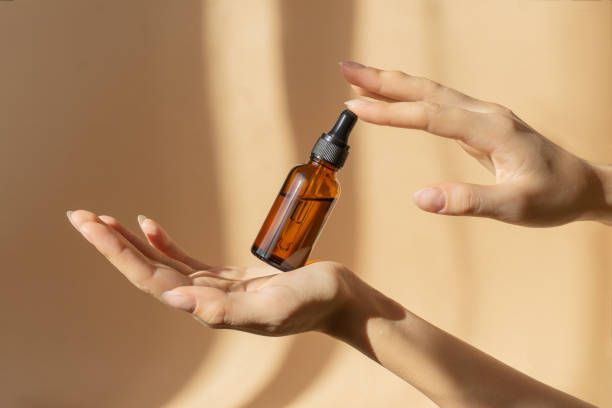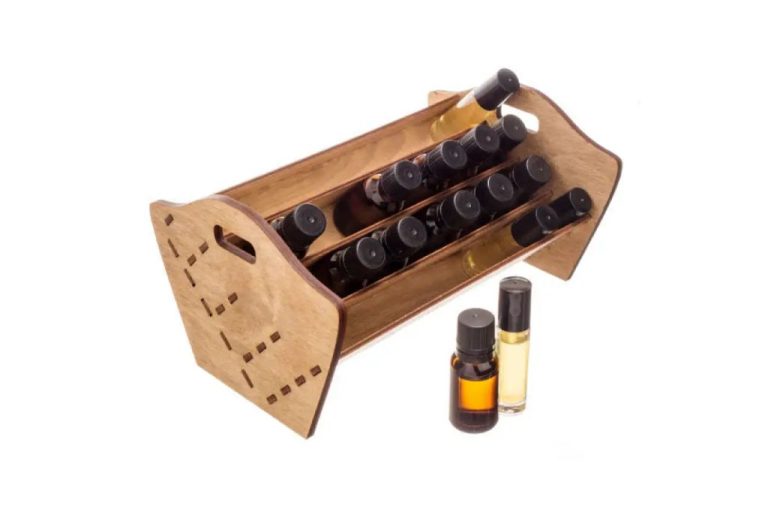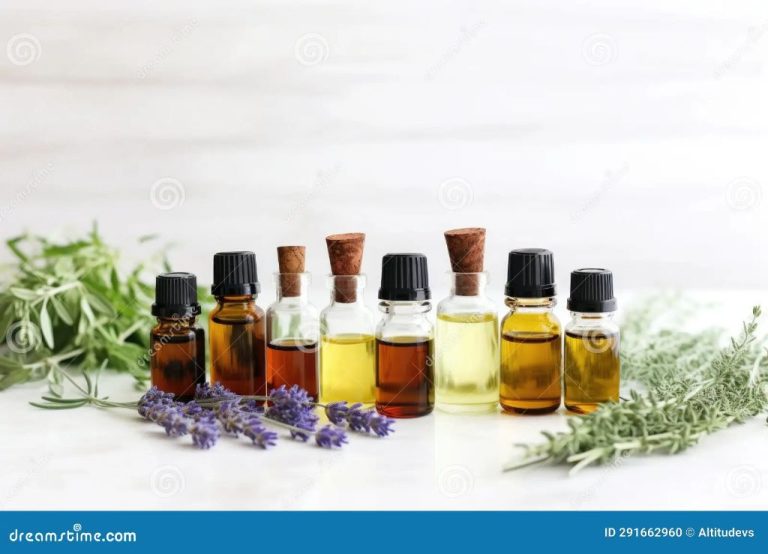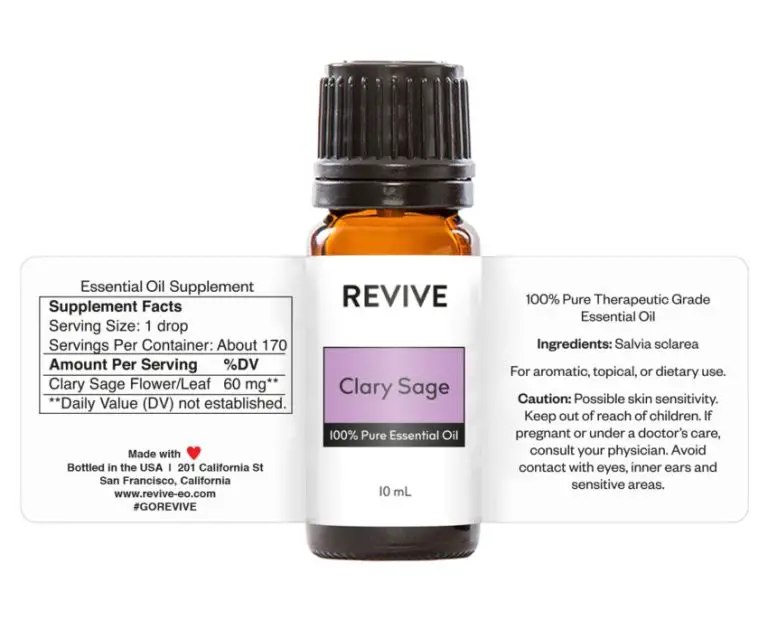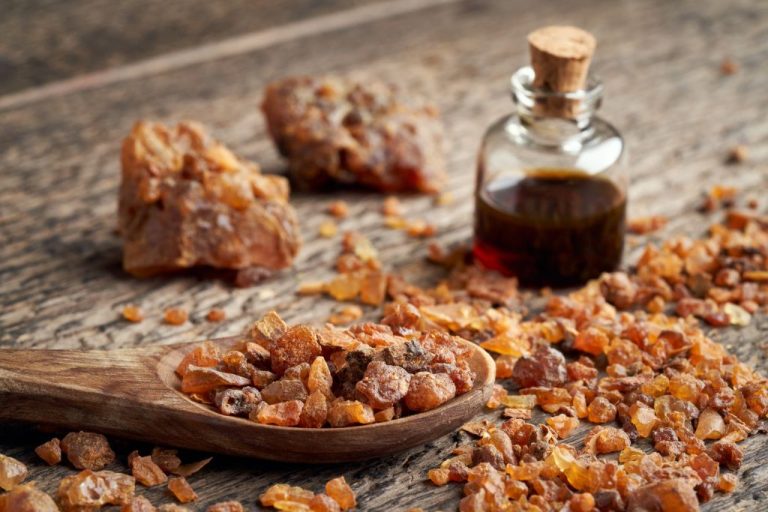Why Can’T I Smell My Scented Candle?
It’s frustrating when you light a scented candle but can’t smell anything. You bought the candle expecting a nice fragrance to fill the room, only to be disappointed when no scent comes out. This common issue has a few potential causes that this article will explore in depth. We’ll cover the most likely reasons your scented candle has no smell and provide troubleshooting tips to help get it working properly. By the end, you’ll have a better understanding of wax melts, wick issues, nose fatigue, curing, and other factors that can prevent scented candles from releasing their fragrance.
Nose Fatigue
Overexposure to a scent can lead to a phenomenon called olfactory fatigue, also known as nose blindness, where you become temporarily unable to smell that particular odor (https://simplenesscollection.com/en-us/blogs/news/coffee-candles). This is because the scent receptors in your nose adapt and stop responding as strongly after prolonged exposure. With scented candles, you may stop noticing the fragrance after having the candle lit for a while. According to candle company P.F. Candle Co., olfactory fatigue impacts scented candles when you suddenly can’t pick up the scent from your favorite soy candle or diffuser even though you could smell it fine before (https://pfcandleco.com/blogs/pfblog/take-notes-scent-fatigue).
To combat nose fatigue with scented candles, try giving your nose a break by blowing out the candle for a while or leaving the room. You can also switch between different scented candles to give your nose a chance to reset and smell the fragrances again. Essentially, you want to give your scent receptors time to reactivate (https://www.apartmenttherapy.com/nose-blindness-olfactory-fatigue-scented-candles-36647175). Pay attention to when you stop noticing the smell from a candle and put it out for a bit before lighting it again.
Wick Issues
The wick is responsible for drawing wax up to the top of the candle where it can be burned and release fragrance. Using the wrong type or size of wick can negatively impact hot throw. As explained by CandleScience, “The wick acts like a straw, bringing melted wax and fragrance to the top. If the wick is too small, not enough fragrance will make it to the top. If the wick is too large, it will create excess soot that chokes out fragrance.”
Proper wicking involves matching the wick size to the diameter of the candle container so it can burn at the right temperature. Wicks that are too small for the candle will not let enough scent reach the top as the flame will be drowned in wax. Oversized wicks lead to a smoky flame and choked throw. According to Harlem Candle Company, signs of poor wicking include tunneling, mushrooming, drowning, and sinking wicks. Always test wicks before production to ensure optimal hot throw.
The wick type also matters, as some materials like paper and cotton absorb more scent than wood or zinc cores. Testing different wicks to find the best balance of a strong scent and clean burn is key. Wick placement is another factor, as off-center wicks can lead to uneven melting and poor throw.
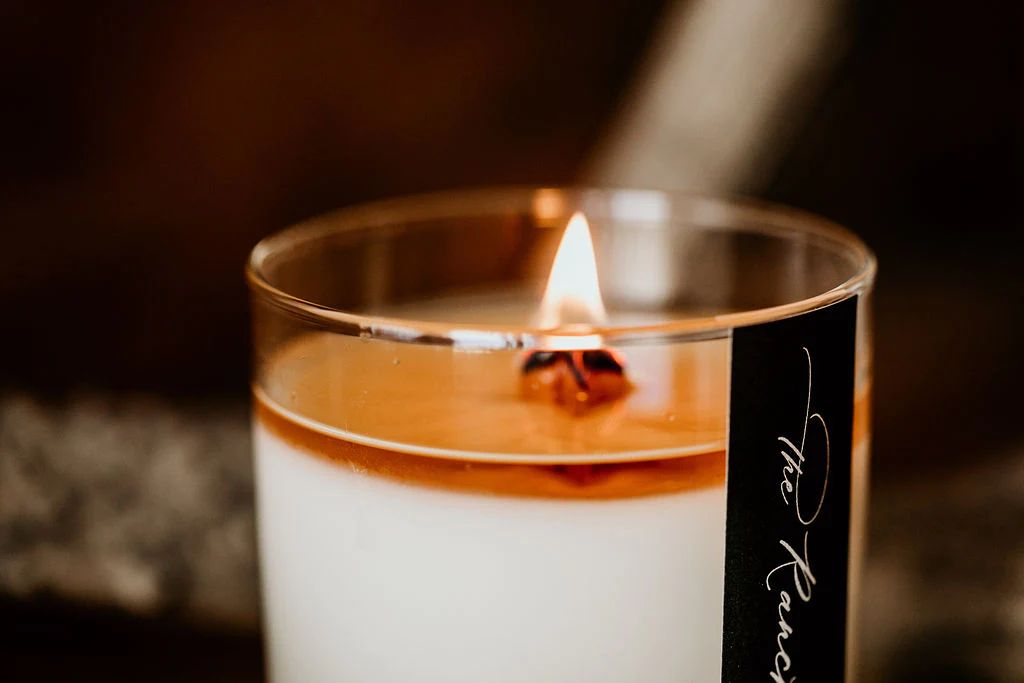
Wax Issues
The wax type and additives used in a candle can significantly impact its scent throw. Beeswax, soy wax, paraffin wax, and other types all have different properties that affect scent diffusion when melted. According to Apotheke, “Waxes with a lower melting point disperse fragrance better when lit” (https://apothekeco.com/blogs/apotheke-journal/what-is-scent-throw). Soy wax melts at a lower temperature than paraffin, for example, allowing the fragrance to evaporate more readily into the air.
Additives like vybar and parasoy can help boost scent throw by making the wax more porous and wick-friendly. As The Flaming Candle explains, “The use of additives usually creates a stronger scent throw. Additives such as vybar 103 or 260, parasoy, or other enhancers increase wax porosity allowing the wax to retain and release more fragrance” (https://www.theflamingcandle.com/how-can-i-get-a-strong-scent-throw/). Testing different wax blends and additives can help dial in the ideal combination for maximizing scent diffusion.
The scent throw of a candle also depends on proper wax curing and mixing techniques. Stirring the wax slowly, and allowing it to fully cool and cure over multiple days after pouring leads to a tighter wax structure and stronger hot throw. Properly formulating the wax is crucial for scent performance.
Container Issues
The type of container used for a scented candle can significantly impact how well the fragrance is dispersed. This is because different materials absorb and contain scent to varying degrees.
Glass containers allow for excellent fragrance dispersal and provide the best scent throw. Glass does not absorb fragrance oils, so more of the scent is released into the air when the candle is burned (1). Other non-porous materials like metals and ceramics also maximize scent dispersal.
Porous materials like concrete, wood, and terracotta tend to absorb more of the fragrance oil. This means less scent is released, resulting in a weaker scent throw. The absorbed oils can also lead to the container retaining scent even after the candle is finished (2).
The size and shape of the container also impacts throw. Taller containers allow more fragrance to accumulate when the candle isn’t lit, which is then released when burned. Containers with narrow openings concentrate the scent while wider openings disperse it.
So in summary, non-porous materials like glass provide the best scent throw. Absorbent materials and certain shapes can restrict throw. Selecting the right container is key for maximizing fragrance dispersal.
Scent Load
The amount of fragrance oil used in a candle greatly impacts how strong the scent will be. Using the proper fragrance load is crucial for achieving a good scent throw. Most candle makers recommend using 5-10% fragrance oil by weight in the wax. Using less than 5% fragrance may result in a candle that lacks scent even when burning. On the other hand, using more than 10% fragrance does not necessarily make the scent stronger, and too much fragrance can actually cause issues like seeping and tunneling (Candle Making 101: Hot Throw – CandleScience). Testing different fragrance loads between 5-10% will help determine the optimal amount for a particular wax and fragrance oil combination.
Finding the right balance is key – enough fragrance to achieve scent throw when the candle burns, but not so much that it causes problems. Scent load may also vary based on the candle vessel size. Adjusting the fragrance load higher or lower within the 5-10% range can help improve scent throw issues.
Curing
Improperly cured candles will not have their full scent throw potential. Curing is the process of allowing enough time for the candle wax to solidify and for the fragrance oil to fully bind with the wax. When candles are not given adequate cure time, the fragrance oil will not be fully absorbed into the wax. This results in the fragrance immediately volatizing when the candle is burned, producing an initial burst of scent. However, the scent will not last throughout the entire burn because the fragrance oil is not properly infused in the wax.
The recommended cure time depends on the type of wax used. For paraffin wax candles, a cure time of 3-5 days is ideal for the wax to fully set up and for the fragrance oil to properly bind. Soy wax candles require 1-2 weeks of curing due to the natural properties of soy that make it take longer to harden. Having patience and allowing candles to cure before burning will allow the fragrance to have its full hot throw potential throughout each burn.
Source: https://www.candlescience.com/learning/candle-making-101-hot-throw/
Burn Time
The amount of time a candle burns, known as the burn time or burn rate, is closely related to how strongly scented it is. Candles with longer burn times will have a more diluted scent because the fragrance oil is released more slowly over many hours (Source). For a candle to maintain a strong scent throw, the ideal burn time is around 60-80 hours for a standard 8 ounce jar candle (Source). If the burn time is much longer than that, it means the fragrance oil concentration is lower and the scent will be weaker. Properly formulating the wax, wick size, and fragrance load is important for achieving an ideal burn time that provides a strong scent.
Troubleshooting
If you are having issues getting a strong scent throw from your candle, there are several things you can try to troubleshoot and improve it:
First, make sure you are using a high quality fragrance oil designed specifically for candle making, at the recommended usage rate (usually 5-10% of wax weight). Some fragrance oils have naturally stronger scent throws than others. Trying a different fragrance may help.
Next, consider the wax you are using. Some waxes like soy wax and vegetable waxes are known to have excellent hot throw. Switching to one of these candle waxes could boost your scent. Properly wicked candles also promote fragrance throw. Make sure your wick is the right size for the diameter of your candle.
Stirring your wax and fragrance oil mixture well before pouring candles is important to bind the fragrance to the wax. Allowing candles to properly cure for 1-2 weeks after pouring gives time for this process to complete. Insufficient stirring or curing can limit hot throw.
Finally, follow the ideal burn practices like keeping wick trim, avoiding drafts, and allowing the wax pool to reach the edges without going over. All of these steps will maximize both hot and cold throw so your candle’s fragrance reaches its full potential.
Conclusion
There are several potential reasons your scented candle may not be emitting its intended fragrance. The most common causes include nose fatigue, issues with the wick being too short or clogged, the wax being too hot or too cold, problems with the candle container trapping the scent, low scent load in the wax blend, and insufficient cure time. To maximize scent throw, allow the candle to properly cure before burning, trim the wick to 1⁄4 inch before each use, make sure not to overheat the wax, and burn in short sessions to avoid nose fatigue. With proper practices, you can ensure your scented candles live up to their aromatic promise. The art of candle making relies on finding the right balance between wax, wick, fragrance, and vessel to deliver the intended sensory experience.

